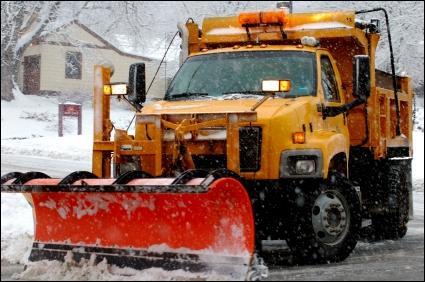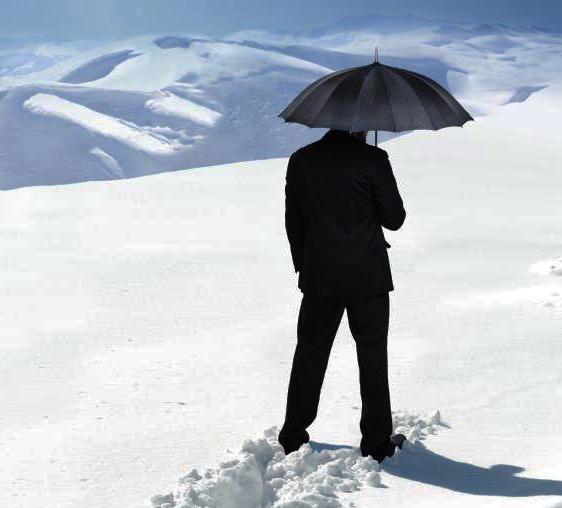 As unpredictable as the weather can be, there are those whose incomes depend on it. In the past a lack of snow, too much or too little rain could spell trouble for them—unless they had the option of buying weather insurance.
As unpredictable as the weather can be, there are those whose incomes depend on it. In the past a lack of snow, too much or too little rain could spell trouble for them—unless they had the option of buying weather insurance.
Megan Green, assistant vice president at Vortex Insurance Agency, provides weather insurance to cover all kinds of mishaps caused by Mother Nature. Green says policies tend to be event-based, such as someone canceling an outdoor concert because of rain.
The agency sells policies dealing with snow, rain and temperatures. It’s up to the insured to determine how much coverage they’ll need for a specific event. A snowplow operator or a ski resort, for example, might calculate how much money they would lose if their area failed to get a certain amount of snow by a certain date or within a season.
“You have to really understand your business, you have to really understand if it snows this much we’re going to lose this much in revenue or if it snows this much we’re going to have this much in additional expenses or vice versa,” Green says. “Things that someone would want to think about would-be ticket sales or the cost to make snow if it doesn’t snow enough or the lost revenue from visitors not coming out to ski because it doesn’t snow enough.”
She estimates that $1 billion of the nation’s economy is affected by weather. The company started selling weather coverage in 2009 and Green says the idea is still catching on but drawing a lot of interest.
“It’s not like your traditional insurance in the sense that it’s a little bit more expensive than you typically see,” Green says. “It’s not like your house might burn down—it will snow at some point so the underlying index is very different.”
 A third party source is used to determine whether a weather policy should be paid on, but it’s typically the nearest office of the National Weather Service. The insured’s losses don’t have to be proven, as the policy is based strictly on precipitation or temperature.
A third party source is used to determine whether a weather policy should be paid on, but it’s typically the nearest office of the National Weather Service. The insured’s losses don’t have to be proven, as the policy is based strictly on precipitation or temperature.
“All of our accounts are based on some weather measure so we would state upfront if it doesn’t snow enough we’ll pay you whatever, $10,000 an inch or we’ll pay you just a flat $1 million, what your actual losses are aren’t important to us,” Green says. “However, we do ask that you cover the accurate amount of loss. It’s not a bet, you don’t want to over insure. You get what you need.”
Most snow-related policies are based on an entire season—such as getting 30 inches of snow or more. Green says the greatest amount of interest on these has come from snowplow operators looking to reduce their level of uncertainty.
“Sometimes they get paid by the client upfront so they’ll charge a fixed amount upfront. So if it doesn’t snow, they already have their money and if it snows too much, they only have X number of dollars to cover their expenses,” Green says. “Anything over that amount, they’ve already charged to the client but they’re still on the hook to cover the snow.”
A rain insurance policy would usually be purchased to cover outdoor events such as a concert, fair or sporting tournament.
“What we typically see is they want some sort of hourly policy, they would see if it rains between 6 p.m. and 10 p.m., if it rains a quarter of an inch or more we want $50,000,” Green says.
The agency doesn’t typically sell policies to farmers, as they already have crop insurance available to them. Those who rely on agricutural products, such as livestock producers, might be interested in obtaining a policy for when no rain equals no grain.












